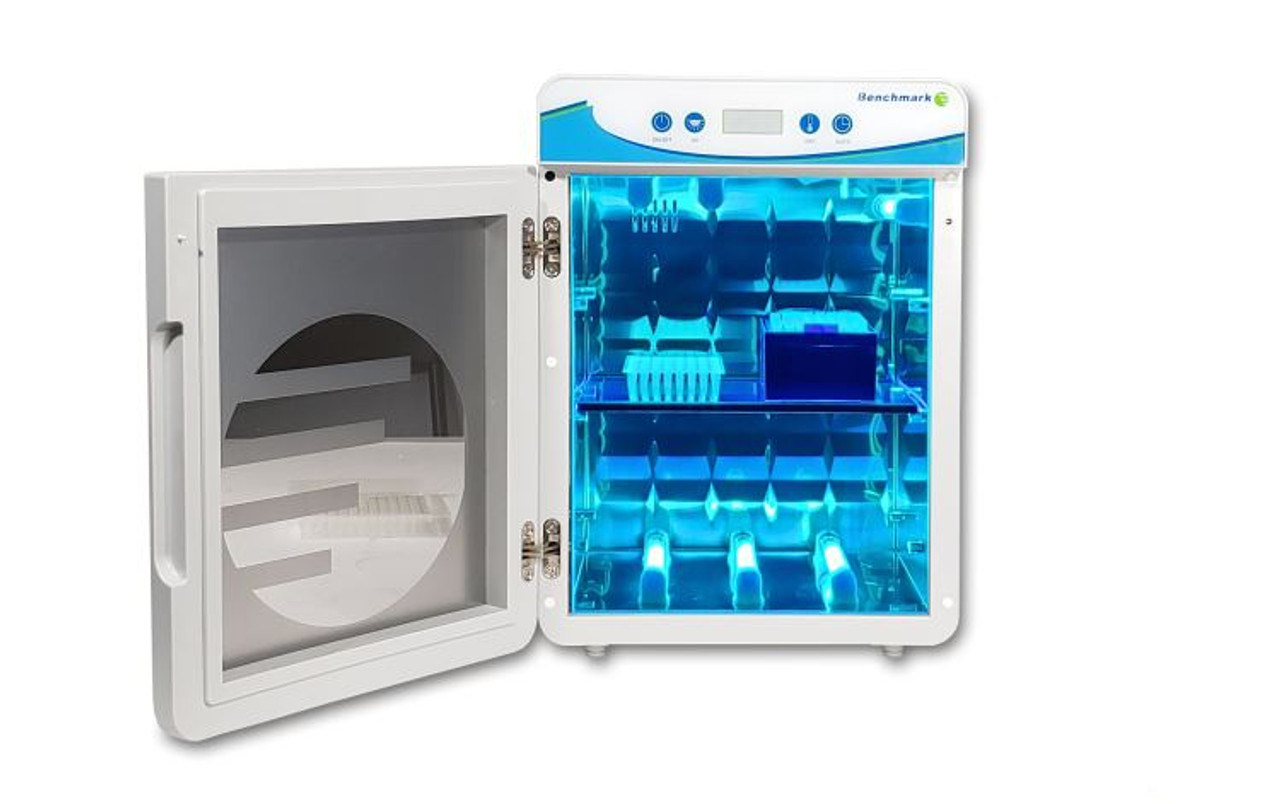While RT-PCR testing for Coronavirus is regarded as the gold standard in diagnostic testing, it is highly susceptible to error.
Some studies have suggested RT-PCR gets it wrong between 30-38% of the time!
Here are a few critical considerations which can derail a PCR test for SARS-CoV-2 even before the patient sample arrives for testing.
- The technician does not insert the nasal swab deep enough or rotate the swab correctly to collect an adequate amount of sample viral material
- The collection swab is made from a material that does not absorb or release the viral material efficiently
- The viral transport medium was contaminated or experienced a temperature swing that impacted the sample
- The transport tube was not Kpa 95 rated. When the patient sample was shipped by air in a decompressed cabin, the transport media and sample leaked out of the tube.
Assuming the patient sample arrives safely to the testing laboratory, every subsequent step leading up the PCR test must be done with great care to prevent sample cross contamination.
PCR hoods which create dead-air space and filter out contaminants have become harder to find these days as savvy investors and entrepreneurs have poured money into opening Coronavirus testing labs.

Where patient samples are prepared manually for PCR testing, the greatest threat to cross contamination comes from the adjustable volume single channel pipette or multichannel pipette which is used to transfer samples, add reagents and perform sample mixing.

The explosion in PCR testing is one of the main reasons for the sudden shortage of filter tip pipettes.
A pipette tip with a filter offers an important line of defense to protect sample contamination by blocking aerosols from entering the pipette which could then be expelled into the next patient sample.

There are several new devices on the market which are designed to keep pipettes clean and contamination free and produce more accurate RT-PCR testing results.
The nUVaclean pipette stand turns what has traditionally been a passive piece of lab equipment into an active fighter against contamination.

Up to six single channel pipettes are stored in the nUVaclean and bathed in a twenty-eight-minute ultraviolet light cycle that kills 99.9% of organic material including viruses.
The nUVaclean is compatible with most of the common universal manual pipettes on the market.
Testing laboratories using multichannel pipettes will appreciate the convenience of the UV-Clave benchtop companion for decontaminating pipettes and other small lab items.

There are six 254nm UVC bulbs surrounding the interior if the UV-Clave to guarantee 360-degree coverage of powerful UVC light when the optional clear polycarbonate interior shelf is in use.
The UV-Clave is far more effective than a $9000 BSC2 cabinet for less than 5% of the price.
What is the point of all this PCR testing if we do not produce reliable results?
Stellar Scientific offers tools for protecting your lab equipment from contamination to deliver the best possible PCR testing outcomes


